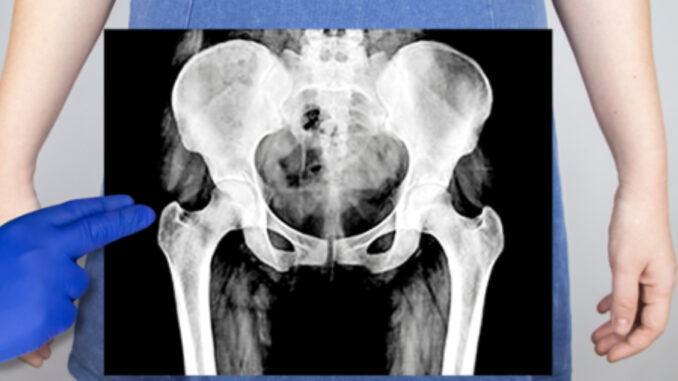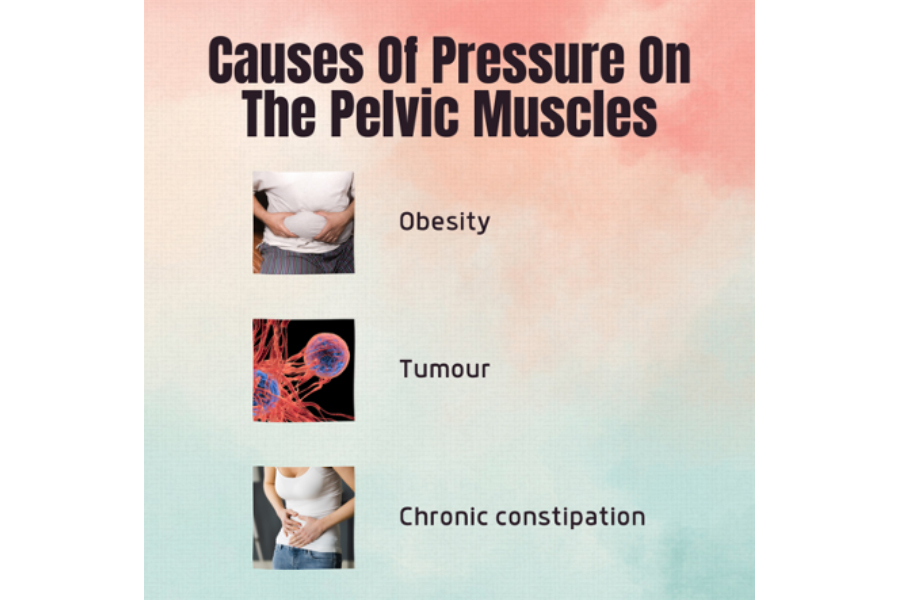
Pelvic organ prolapse is a health condition that occurs when the pelvic muscles are too weak to support the organs it holds, including the uterus, vagina, bladder, and rectum. It results in the slipping and bulging of the organs.
Women are most prone to developing pelvic organ prolapse, although men are also affected. Some gender-specific risk factors trigger the onset of this condition in females.
Here are the top causes of pelvic organ prolapse in women:
1) PREGNANCY AND VAGINAL BIRTH
Carrying a growing foetus inside the womb puts pressure and stress on the pelvic muscles. Therefore, pelvic muscles are already weak approaching vaginal birth.
Mothers who underwent vaginal birth are more prone to pelvic organ prolapse than c-sections. Vaginal birth puts another pressure on the already weak pelvic muscle, triggering pelvic organ prolapse.
Some mothers seek pelvic organ prolapse treatment after giving birth, especially if the condition causes discomfort. But with the proper exercise, the pelvic muscles will heal and strengthen on their own.
2) AGEING
Ageing is a cause of pelvic organ prolapse among men and women. As people grow older, the muscles and bones weaken, and that includes the pelvic muscles.
However, ageing women have a more aggravated effect. During menopause, the oestrogen hormone in the woman’s body drops drastically.
Oestrogen is crucial in strengthening the connective tissues in the pelvic muscles. Therefore, the decline in this hormone means the tissues become weaker. It is why some women consider adding pelvic muscle prolapse procedures to their menopausal treatment.

3) LONG-TERM PRESSURE ON THE PELVIC FLOOR MUSCLES
Another non-gender-specific risk factor and cause of pelvic organ prolapse is the constant pressure on the pelvic floor muscles.
Here are the possible causes of pressure on the pelvic muscles:
-
Obesity
Excess weight, especially belly fat, stresses the pelvic floor muscles. Reducing weight and maintaining a healthy weight can help manage pelvic floor prolapse.
-
Tumour
Tumours that form near the pelvic muscles and tissues, such as ovarian masses, pelvic tumours, adnexal cysts, and bladder tumours, put pressure on the pelvic floor muscles. Removing these masses can help manage prolapse.
-
Chronic constipation
Constipation encourages chronic straining, which could lead to pelvic floor weakening and, later on, organ prolapse.
4) NEUROMUSCULAR DISORDERS
Neuromuscular disorders refer to health conditions that affect the nerves, resulting in the loss of the ability to control the muscles. In this case, a person with neuromuscular disorder fails to control the contraction and relaxation of the pelvic floor muscles.
It also leads to other conditions, such as urinary incontinence. Thankfully, urinary incontinence treatment is widely available in the country.
Examples of neuromuscular disorders are:
- Motor neuron disease
- Multiple sclerosis
- Congenital myopathies
- Muscular dystrophy
- Neuromyotonia
Based on these common causes of pelvic organ prolapse, are you at risk of developing one? Thankfully, this condition is treatable. Consult your doctor immediately for early detection and prevention.
Are you looking for pelvic organ prolapse treatment? Get it at Orchard Clinic. Orchard Clinic provides treatments for conditions that concern women’s health. Visit Orchard Clinic for more information about the treatment.
Leave a Reply
You must be logged in to post a comment.